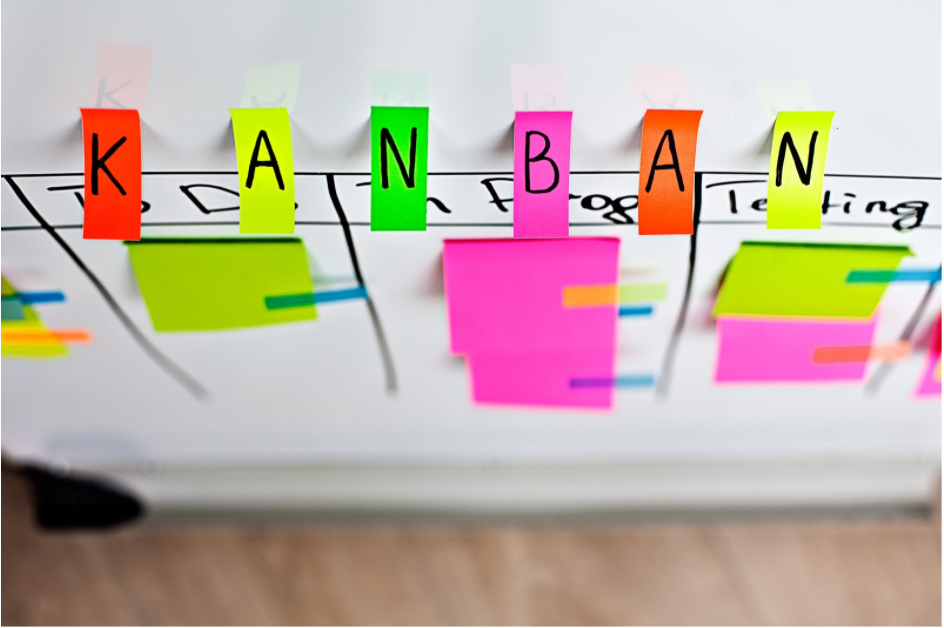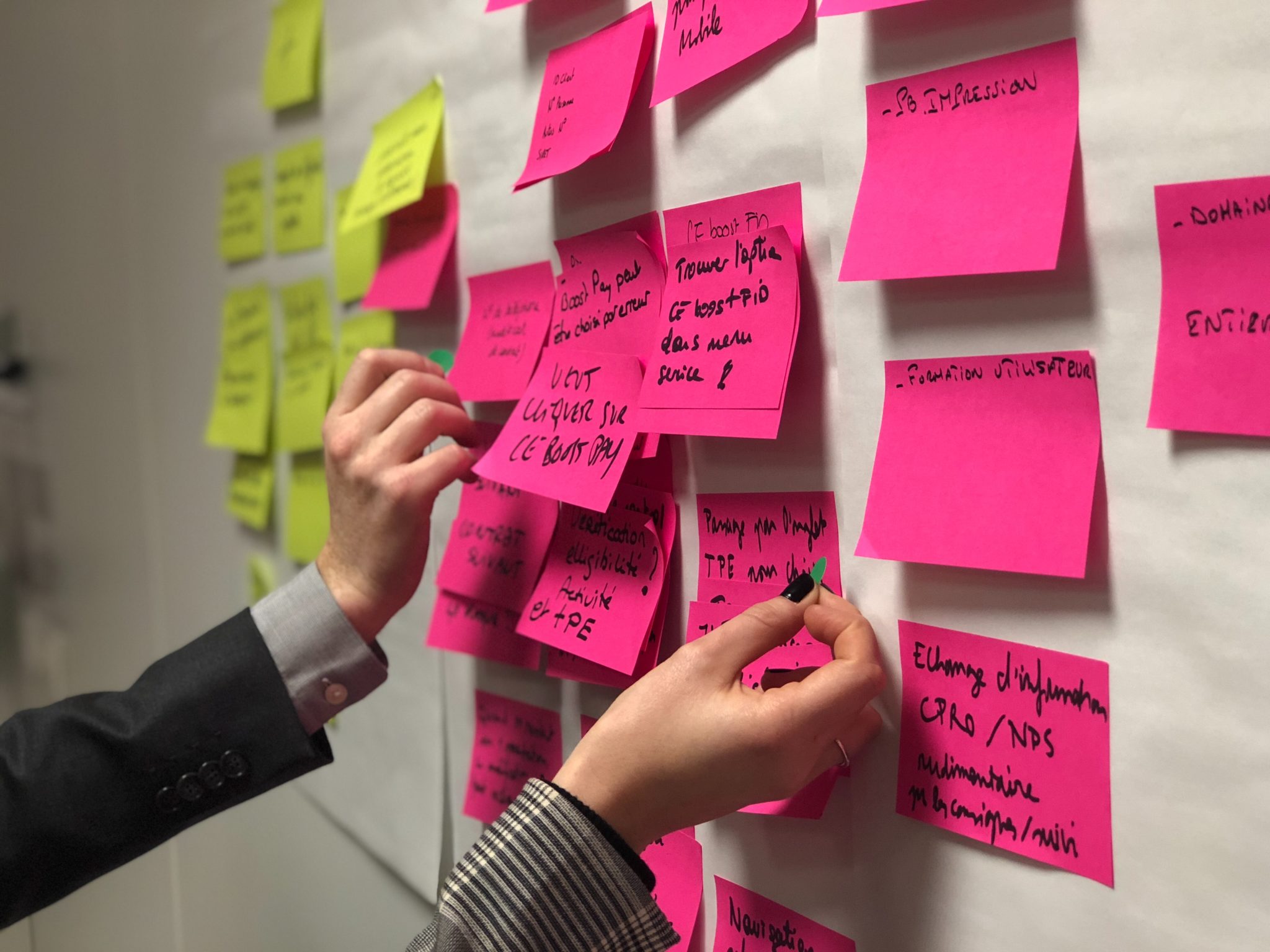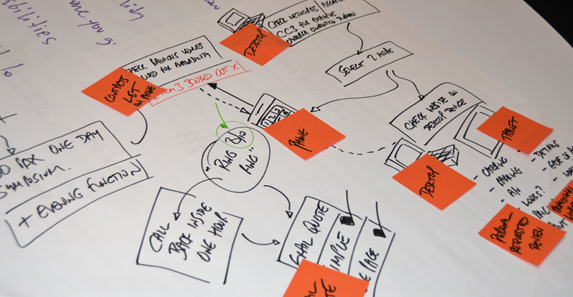
Before we start talking about Scrum you should know that it is basically a framework focused around the development of a product, defined by:
- 3 Roles
- 3 Artifacts/Elements.
- 4 or 5 Ceremonies / Events (let’s say 4 formal and 1 informal).
- 3 Pillars.
- 5 Values.
Scrum, a Framework
To begin with, we should clarify that Scrum is not a methodology, it is, in fact, a framework. That is, in Scrum what to do is specified, while methodologies indicate how tasks should be carried out.Scrum does not prescribe, it indicates what is sought to be obtained in a product incrementally. In relation to the methodology, or “the how”, it could be said that it emerges as we advance through the development of the product.Teams that use Scrum as a framework discover the best way of doing things step by step.
Scrum is not a method for managing a project, but rather a framework which allows us to guide the development of a product.
During this guided development, success is measured based on the value which teams add over time.
The Scrum Team: defined
The three Scrum roles form what is known as a “Scrum team”. In this type of system there are no bosses.The roles are:
Scrum Master:
A helpful leader, willing to collaborate on everything that the development team needs to achieve the sprint objective. The Scrum Master helps to implement the framework with the team, and provides what is needed for the execution of the events.The Scrum Master is nobody’s boss, as mentioned previously in Scrum there are no “bosses”. The Scrum Master should not tell the team how to perform the tasks, instead the team is self-organizing and has the sufficient and required knowledge and skills.Their tasks include:
- Participating in daily meetings, sprint reviews, retrospectives and sprint planning.
- Facilitating the completion of the above Scrum events to ensure the full commitment of the team.
- Assisting the Product Owner in maintaining the Product Backlog.
- Removing obstacles, including cultural barriers, logistical challenges, etc.
- Facilitating cooperation between all team members.
- Ensuring that the development team is focused on the sprint.
- Promoting self-organization within the team.
- Guiding the organization in implementing Scrum.
Product Owner:
The person who knows the needs of the business,
and based on this knowledge has sufficient authority (and in fact must have the authority) to prioritize what work should be done in a sprint.The Product Owner should be a person, not a committee. They have no intermediaries, work alongside the development team, and must be available to resolve any questions the team may have. They maintain contact with the “outside world”, the stakeholders in the development of the product, and listen to and align their needs.In short, they:
- Define a clear vision for the product or service.
- Have autonomy to make decisions about the final product.
- Provide user stories and acceptance criteria.
- Accept or reject software increments or service deliveries.
- Coordinate the development of users and stakeholders.
Development Team / Team Members:
The group of people who are part of the Scrum Team in charge of building the product.In short, this team:
- Defines the objective of the sprint together with the Product Owner.
- Has the right to decide how to develop the project, within the organizational limits and guidelines, in order to achieve the sprint objective.
- Provides the work estimates and decides what must be completed within a print, based on the prioritization of the business.
- Self-manages.
- Participates in the demonstration of the Sprint results to the Product Manager, or together with them to the relevant parties.
Conclution
Scrum ends up being an ideal framework for the present world of change and digital transformation. It guides the organization of the teams based on the pillars and values of rugby and leads project teams to assess processes, measuring the experiences based on development and not on results.That is why not only is it worth trying at work, but who is to say that it couldn’t work to help organize families too?
Who would be the Scrum Master in your house?

About the Author
José Meyer is a talented Project Manager and very experienced in working with teams of diverse sizes and backgrounds. He has excellent planning and communication skills, and specializes in Agile Methodologies. José is a strong leader with a great work ethic.





